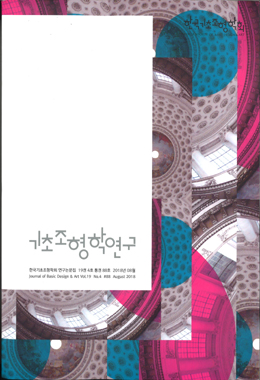물질적 풍요로움과 여가시간의 증가로 현대사회는 행복에 대한 인식과 건강, 힐링(Healing), 삶의 질에 대한 높은 관심을 가지게 되면서, 신체적 뿐만 아니라 정신적으로 건강하고 행복한 삶의 새로운 패러다임으로 웰니스(Wellness)가 확대 되고 있다. 라이프스타일이 다양해지고 가치관이 변화함에 따라 몸과 마음의 휴식을 필요로 하는 힐링의 목적을 위한 다양한 웰니스프로그램을 갖춘 호텔과 리조트들이 등장하고 있다. 이에 본 연구에서는 웰니스공간이라는 특정 공간의 특성을 도출하는 것에 목적을 두고, 웰니스프로그램이 적용된 웰니스공간을 위한 환경 조성이 어떻게 이루어 지고 있는지에 대한 분석과 공간의 특성을 연구하는데 목적이 있다. 연구방법으로는 기존 문헌과 선행연구를 바탕으로 웰니스에 대한 고찰과 웰니스공간의 구성요소와 표현요소를 분석한 후 사례분석표를 제시하여 적용사례들을 분석한다. 연구의 대상적 범위는 웰니스프로그램이 적용된 힐링리조트와 서울, 제주, 부산 각 지역의 웰니스호텔의 사례로 한정하여 분석한다. 그 결과 웰니스프로그램 유형은 신체적 웰니스와 정신적 웰니스, 문화적 웰니스의 프로그램이 모두 강하게 평가되었고, 구성요소에서는 높은 척도 순으로 심미적 조형성> 활용적 기능성> 문화적 다양성으로 도출되었다. 공간표현의 결과는 신체적, 정신적 웰니스의 통합공간의 표현이 Fitness와 힐링의 복합공간보다 더 강하게 평가 되었지만, 모든 공간이 전반적으로 함께 공존한다. 웰니스공간의 특성은 첫째, 자연요소를 적극적으로 활용하고 자연공간에 Fitness요소를 넣어줌으로서 신체적·정신적 건강에 대한 공간의 역할을 강조한다. 둘째, 웰니스프로그램들의 성격에 따라 구성된 특화된 공간들이 나타난다. 셋째, 시대성을 반영한 웰니스프로그램의 변화로 공간이 구체화 되어 진다. 이에 본 연구는 인간의 삶과 직접 관련된 웰니스힐링공간의 연구에 유용한 활용과 웰니스연구를 위한 기초자료로 활용되기를 기대한다.
As a consequence of material affluence and increased spare time, modern people has started being cognizant of happiness and increased concerns over health, healing and life value, causing the expansion of a newly rising paradigm called Wellness which is a term representing a physically and spiritually healthy and happy life. As a result of an increased diversity in life styles and value shifts, a number of hotels and resorts hosting a variety of Wellness programs aiming to provide a healing place for those who are in need of rest for both mind and body have started to be appearing. Accordingly, the objective of this study is to draw a conclusion on attributes of space so called Wellness space and to analyze how environmental composition takes its rule for the space. Studies of referential documents and precedent research on Wellness are first achieved and analysis of elements and attributes of Wellness space is followed by to analyze the applied cases with a case analysis table. The facilities selected for a case study include Healing resorts hosting Wellness programs, and Wellness hotels in the city of Seoul, Jeju-island and Busan. The result indicates that the program types aiming for physical Wellness and mental Wellness are prominently dominated among the cases studied. With regard to spatial attributes, landscape and visual element, space diversity and functionality, and space design and utilization of space are taken into consideration and placed under the category in order of highest scale to the lowest. An integrated space for physical and mental, culture Wellness is shown to predominate over a multi-purpose space targeting Fitness and Healing, and yet those spaces generally coexist overall. The result from this study is expected to lend useful ideas for future research on Wellness and Healing space directly connected to human life, and to provide baseline data for studies on Wellness.




